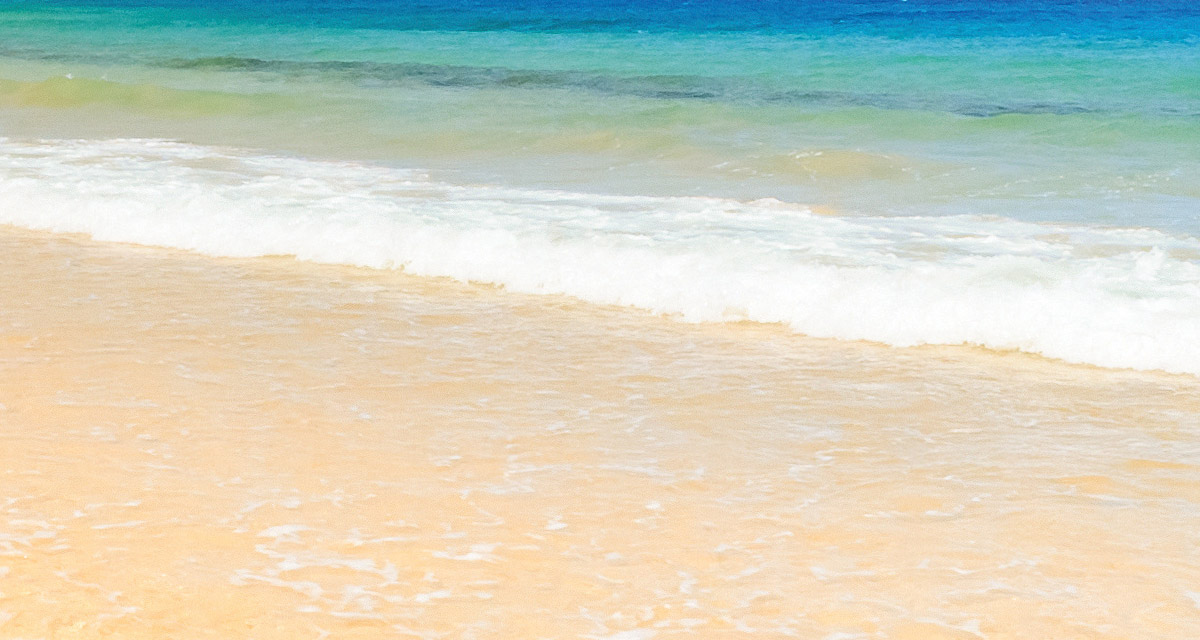Whether it is at the beach or pool, water seems to be a summer necessity. As summer continues, more and more people flock to the water to escape the growing heat. However celebrated, water and the creatures within still pose a significant risk to all ages. As teens, we have reached the age where we go to beaches and pools unaccompanied. With this advantage comes the responsibility to be capable of caring for others, as well as ourselves. Being prepared to personally handle dramatic situations will allow you to fully relax at the beach and pool, not to mention save the lives of victims.
FYI: This guide is not intended to replace professional classes in First Aid and resuscitation; however, the general knowledge and instruction below is a good start.
Remember: If the victim is conscious, ask permission to help (this will prevent possible lawsuits).
If a victim is found unconscious in water:
If you are alone, you should help the victim for one minute before calling 911. If you are not alone, tell one or two people to call 911 immediately. If you shout, “Someone call 911,” bystanders will often leave the job to someone else, wasting precious time.
Pull the victim out of the water and place them on their back, tilt the chin up (so that the tongue is not blocking the airway). If there is steady breathing, keep the head tilted and call 911.
If the victim is not breathing, keep the chin tilted, pinch the nostrils shut, and seal your lips over the victim’s open mouth. Push two breaths into the victim’s lungs; you should be able to see their chest rise as you breathe out. If the victim becomes alert, coughing up water and beginning to breathe, stop CPR and place the victim on their side to let any water get out of their lungs.
If the victim does not stir, place the heel of one hand on the middle of the breastbone, above the ribs, and put your second hand on the first. Then press down firmly, about two inches in (for infants use two fingers and press more gently). Administer 30 chest compressions before returning to give two breaths. Switch between these two exercises until the victim recuperates or help arrives.
If you are pulled out by a riptide:
There has been a bit of controversy over how to handle rip tides. Some say, swim parallel to the shore to get out of the backward-moving current. Others say allow the current to push you out; many riptides are circular, and if you go with the flow, you will be brought back to shore within minutes.
However, all agree that you should NOT fight the current to try and swim back to the beach. The riptide is one foe that refuses to let you practice “fight or flight.” If you push against the current, which is flowing at a rate faster than Michael Phelps, you will exhaust yourself until you can no longer stay afloat. If you remain calm, let the current tug you away from the shore or swim purposefully in one direction or the other, you will not be pulled under. Since many riptides are circular, the easier course to swim will lead you out. If there is a lifeguard on duty shout and wave them down.
If you spot someone caught in a riptide, do NOT go in after the victim. The one to drown in a riptide is usually the one who chases a victim down. Instead, throw any floating device you have into the water toward the victim, and go to, or call for help, from a lifeguard.
If you are approached or attacked by a shark:
If you see a shark nearby, keep as still as possible, then move slowly toward shore; sharks are attracted to erratic movement (which they believe is a dying animal—easy prey). For this reason, you should also keep your dog on shore. To prevent attracting sharks, do not wear shiny jewelry or brightly-colored swimsuits; sharks can spot the contrast with the ocean water easily.
If an attack is imminent, use anything you have in your hands as a weapon; if you are empty-handed, use your fists and fingernails to scratch the eyes or pummel the gills or snout of the shark. Do not try going limp after an attack is underway; fight aggressively.
If you are bitten, calmly exit the water as quickly as possible. Keep in mind, many shark bite victims do not feel pain, so check yourself after exiting the water. After leaving the water, stop the bleeding quickly by tying a strip of cloth tightly above the wound (that is, make a tourniquet) and/or wrapping material firmly over the wound. If blood from any cut or bite soaks through the bandages you have already applied, do not remove the cloth, instead, add more dressings on top of the wound and increase the pressure. Seek medical attention, no matter how small the bite.




















